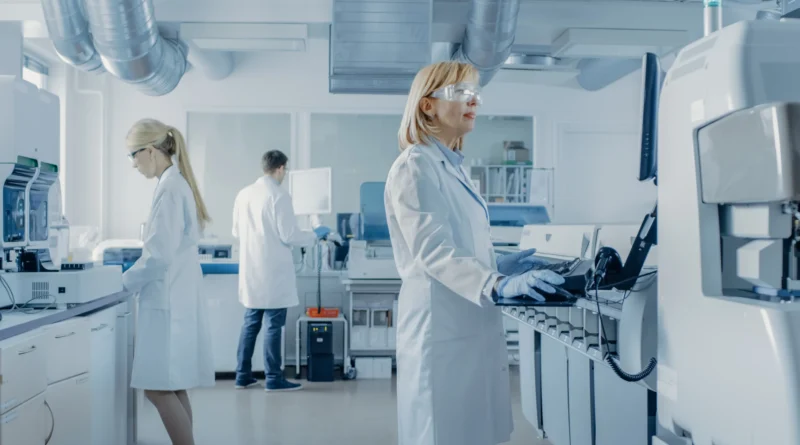Common Types of Assays Conducted in Assay Labs
Assays are critical bioanalytical systems involved in multiple elements of biological laboratory studies. Assay testing helps us assess sample contents and the influence of various molecules, making them crucial for diagnosis, therapeutic development, drug discovery, and disease understanding. Assay labs utilize different bioanalytical assays, such as ADA assays and PK/PD assays. Besides, different assay applications can employ multiple assay formats, including PK/ELISA assay and MSD assay. Each assay has distinct benefits, limitations, and applications.
Based on the sample type used in a study, assays can be classified into three categories: ligand binding assays, immunoassays, and bioassays. Ligand binding assays determine the binding of a receptor and its ligand. Immunoassays measure antigen-antibody binding, while bioassays determine activity in response to a stimulus. The current article explores these common assay types conducted in an assay lab.
Different assay types used in bioanalytical testing
Each assay type produces a specific output depending on the assay method used. For diagnostic applications, qualitative readout is beneficial for identifying the presence or absence of a disease marker. On the other hand, quantitative outputs are critical for estimating disease severity, treatment deficiency, or other continuous measurements, for example, mineral content in soil. Some assays give definite quantity output, while others need standard curves to estimate unknown quantities. Besides, functional assays are ideal for evaluating the function of compounds, such as the potency of therapeutics and drug products.
While specific elements of a bioanalytical method vary depending on the assay of interest, most in vitro assays have a similar protocol. First, the study sample is collected and prepared. After study samples are purified, processes such as selective binding, ultracentrifugation, or filtration are employed to remove additional impurities and avoid interference from these substances.
Some simple assay formats, such as pure quantitative assays, may not require a purification step. This aspect is especially true if the target component is present at a high concentration in the sample. After sample preparation, the assay protocol begins, where the sample is introduced to the detection unit. This sample can be an antibody in an ELISA assay or immobilized receptors in ligand binding format.
Often, the bound sample is thoroughly washed during the detection process to remove any unbound components and reduce false positive results. The generated signal is then detected and determined using an appropriate technique, such as radioisotope detection, electrical output, or calorimetry detection. Generally, this type of detection requires data and often the use of a secondary signal molecule.
Must Read: Comparative Analysis: qPCR Analysis and Alternative Nucleic Acid Detection Methods
On the other hand, bioassay protocols are unique from other assay methods due to the inherent nature of the study sample and associated assay testing. Bioassays involve measuring cell culture growth, determining chemical or electrical output of tissues, or tissue sample histology. Depending on the desired output, assay labs employ different bioanalytical approaches to generate the required experimental output. However, in addition to in-vivo experiments, bioassays include ex-vivo experiments using organ or tissue samples.
In Conclusion
Bioanalytical assays are a component of medical, pharmaceutical, and biological experiments.

